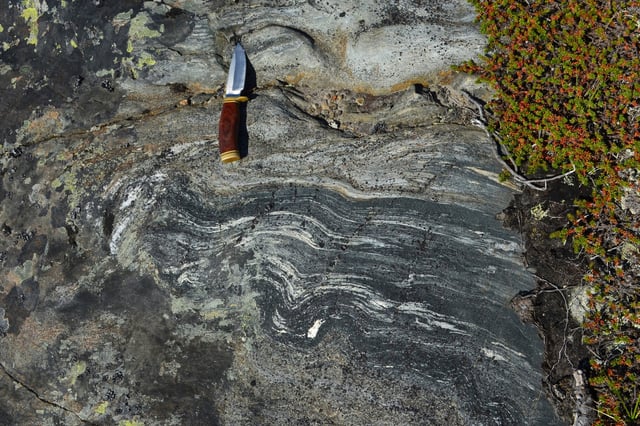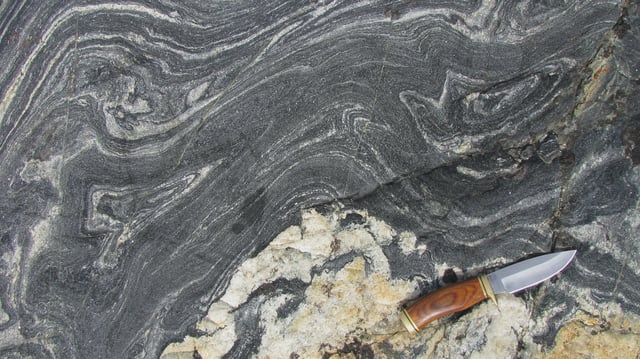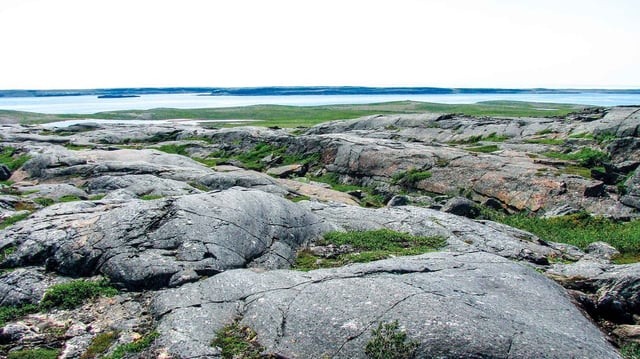Overview
- Researchers applied two independent decay schemes—samarium-146 to neodymium-142 and samarium-147 to neodymium-143—on metagabbroic intrusions to date them at 4.16 billion years, providing a robust lower bound for the belt’s age.
- The 2008 claim of a 4.3 billion-year age drew controversy over possible crustal contamination and inconsistent isotopic clocks, prompting the current study’s focus on intrusions for clearer geological context.
- If confirmed, the Nuvvuagittuq Greenstone Belt would join microscopic zircons and the Acasta Gneiss Complex as among the few direct windows into Earth’s Hadean Eon.
- The findings offer insights into early Earth processes, including magma ocean solidification, the onset of plate tectonics and the environmental conditions that may have fostered life.
- Local Inuit leaders have restricted sampling at the site to prevent further damage and are negotiating protected park status to balance preservation with scientific research.



